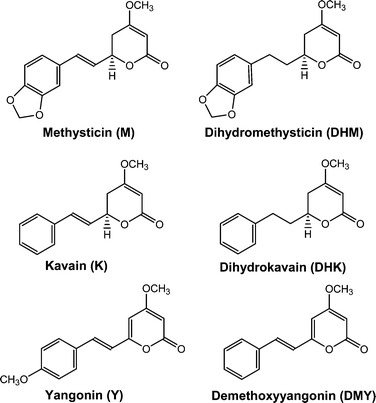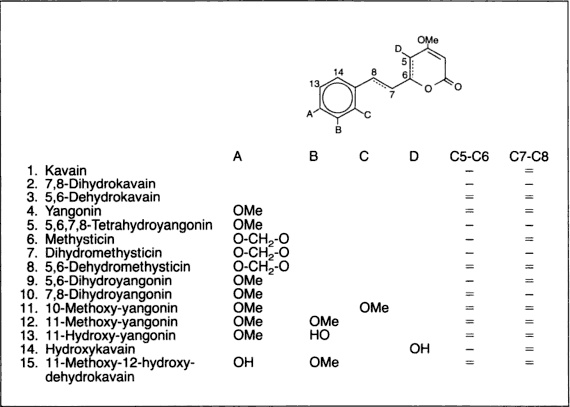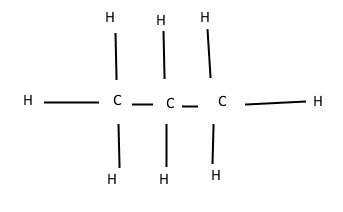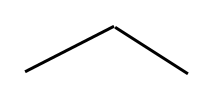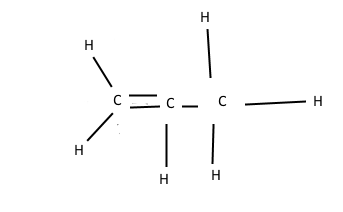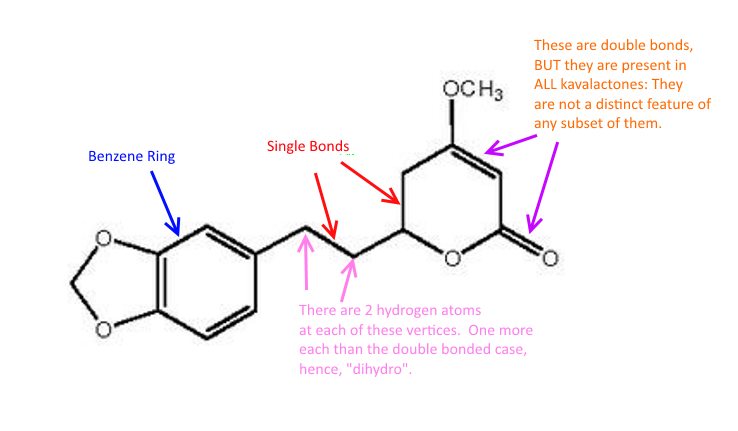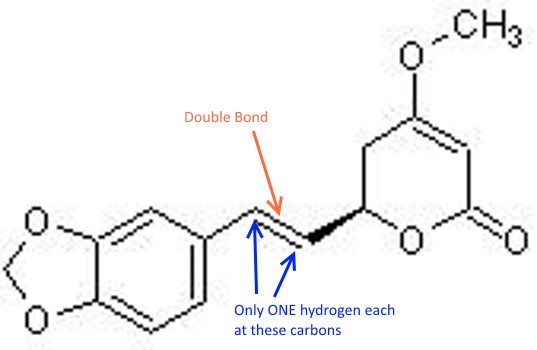Ceraton
Heavy Kava Drinker
Hey guys,
Fellow Kava drinker Eric, here. I am out of my Koniak blend.
I'm getting payed Friday so I will have enough cash to buy whatever you guys suggest. Suggest anything, say anything, or tell me that x has a deal for y or y gives z effects that will make me feel z. Because right now, I am really in the mood for getting good kava. I feel like buying everything...with the limited amount of cash I have right now.
I have a couple of side questions for recreational use.
1. Which kava personally gives you strong anti-anxiety effects?
2. Which kava personally gives you strong heady effects?
3. Which kava personally gives you strong numbing effects?
4. Which kava personally gives you strong Euphoric effects?
5. Which kava personally gives you the munchies?
6. Which kava personally is easier to swallow in terms of taste, bitterness, or sweetness? (I don't mind the taste...kind of)
7. Which kava personally gives you less of a nausea effect?
I understand that certain kavas affect certain people in different ways so that some effects may be lighter or stronger for certain individuals.
I don't know the rules of kava forum and hope that this doesn't break any rules for posting, because I just really want to find any kind of kava to experiment with.
From what I read, every different brand of kava is a different experience.
I will be glad to hear what two-cents you guys have to throw in.
Cheers!
Fellow Kava drinker Eric, here. I am out of my Koniak blend.
I'm getting payed Friday so I will have enough cash to buy whatever you guys suggest. Suggest anything, say anything, or tell me that x has a deal for y or y gives z effects that will make me feel z. Because right now, I am really in the mood for getting good kava. I feel like buying everything...with the limited amount of cash I have right now.
I have a couple of side questions for recreational use.
1. Which kava personally gives you strong anti-anxiety effects?
2. Which kava personally gives you strong heady effects?
3. Which kava personally gives you strong numbing effects?
4. Which kava personally gives you strong Euphoric effects?
5. Which kava personally gives you the munchies?
6. Which kava personally is easier to swallow in terms of taste, bitterness, or sweetness? (I don't mind the taste...kind of)
7. Which kava personally gives you less of a nausea effect?
I understand that certain kavas affect certain people in different ways so that some effects may be lighter or stronger for certain individuals.
I don't know the rules of kava forum and hope that this doesn't break any rules for posting, because I just really want to find any kind of kava to experiment with.
From what I read, every different brand of kava is a different experience.
I will be glad to hear what two-cents you guys have to throw in.
Cheers!


 Let me know if you have any questions, aloha.
Let me know if you have any questions, aloha. 